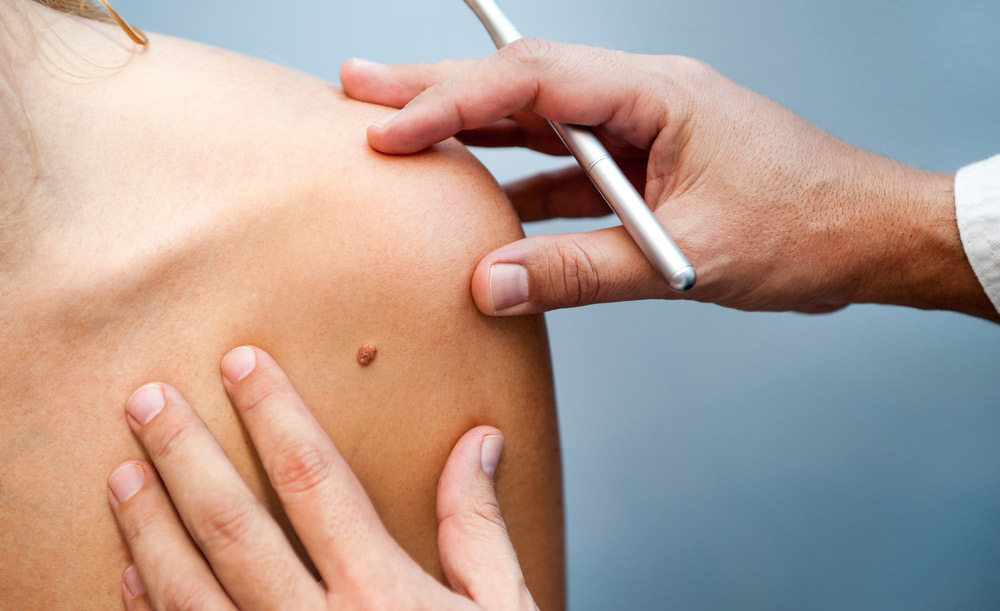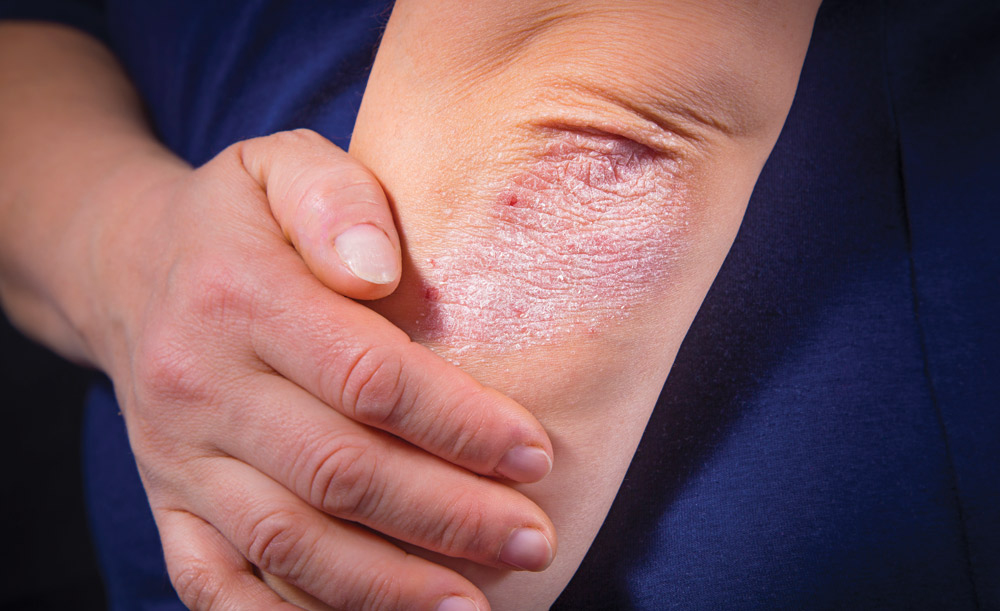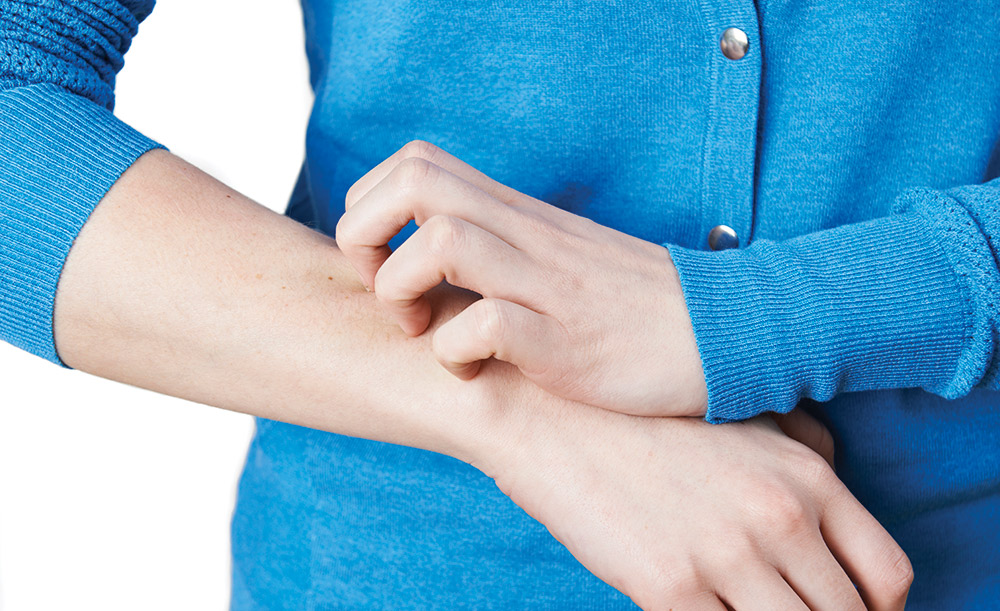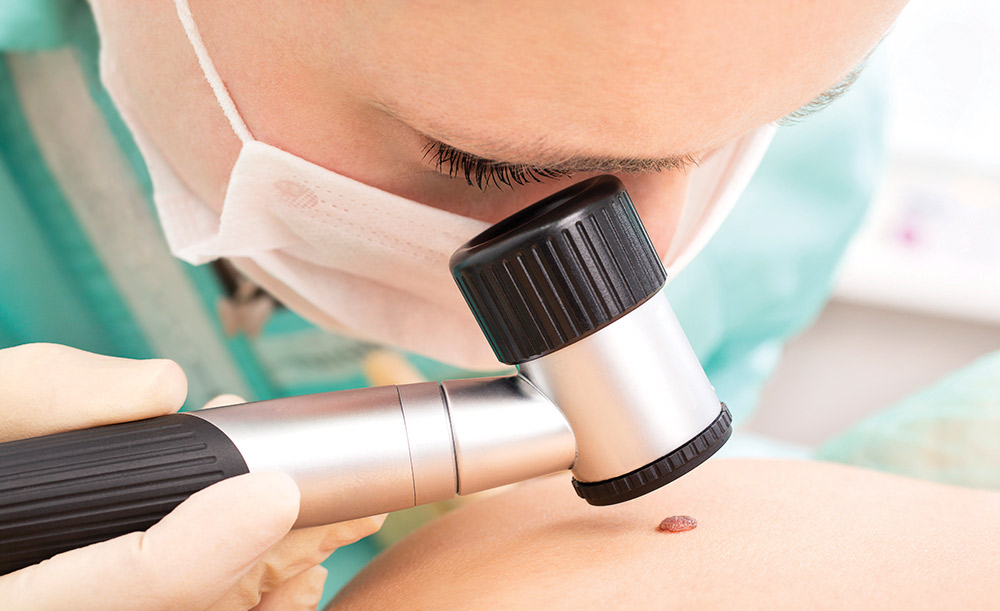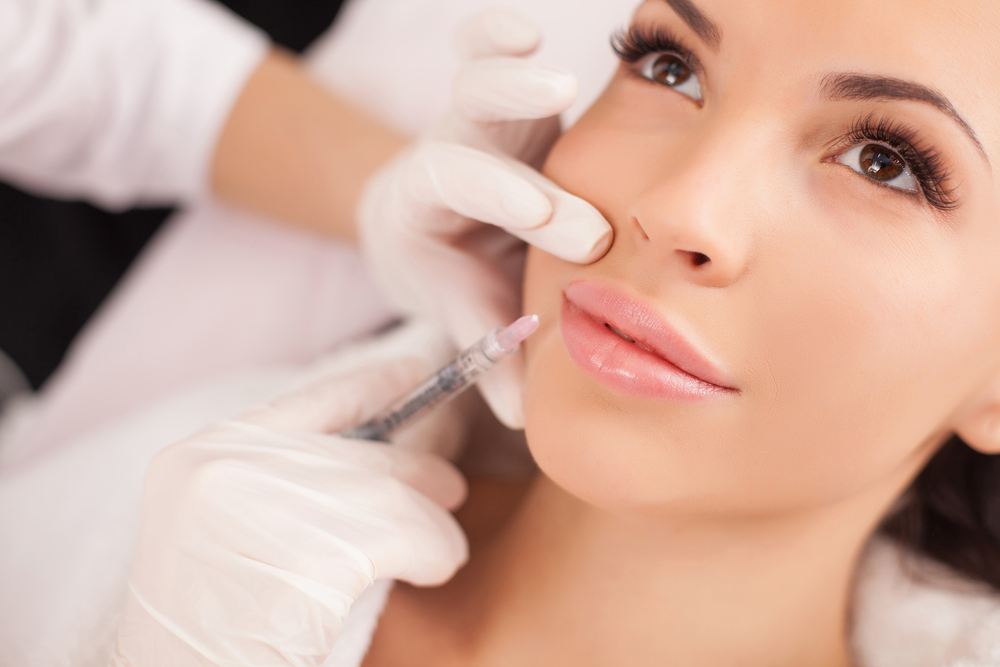
Everything You Need to Know About Dermal Fillers
As the subtle signs of aging creep onto the face, more and more people are looking to dermal fillers to mitigate the impact of volume loss. Prominent lines around the eyes, nose, and mouth can also be softened, thinning lips can be made fuller, and an overall appearance of youthful vigor can be restored with cosmetic injectables.
Injectable fillers are a sought-after procedure because of their cost effectiveness, they’re quick, less invasive, and offer immediately noticeable results.
Each year more than one million people look to injectable fillers to smooth wrinkles and repair the volume loss that is common to the aging process.
Here’s everything you need to know about what dermal fillers in Reston, VA, can do.
What Are Dermal Fillers and Which is Right for Me?
Dermal fillers are gel-like substances — some naturally occurring, some synthetic — that are placed under the skin with a hypodermic needle or cannula..
The amount of dermal fillers on the market is so vast because specific ones fit different aesthetic goals better than others.
The particular density, variation in texture, and the depth at which it is injected varies from one filler to another; therefore, an experienced dermatologist or plastic surgeon is your best option when selecting the right dermal filler.
Here is a brief description of each type of injectable filler approved by the FDA.
Hyaluronic Acid (HA)
Hyaluronic acid is a powerful substance that naturally occurs in the skin, and its gel-like structure works to keep your skin full and moisturized. This type of filler’s soft structure fills lines and wrinkles, lasting 6 to 12 months before your body naturally metabolizes it.
These fillers typically have lidocaine in them to promote a more comfortable injection.
Your doctor may recommend these common, FDA approved fillers: Juvéderm XC, VOLUMA, VOLBELLA, VOLLURE, Restylane, Restylane Silk, Restylane Lyft, Restylane Defyne, Restylane Defyne, and Belotero Balance.
These fillers work well in many areas of the face including the cheeks, marionette lines, under the eyes, nasolabial folds, vertical lip lines, and chin wrinkles.
Calcium Dydroxylapatite (CaHA)
Another naturally-occurring substance used as a filler, Calcium hydroxylapatite consists of tiny calcium particles suffused in a gel. Generally thicker than hyaluronic acid, this filler lasts longer in most patients, usually for about a year.
Calcium hydroxylapatite has the added bonus of stimulating collagen production (collagen is the protein that gives structure to our skin, bones, hair, and nails) which makes it perfect for use in deeper wrinkles. Your doctor may use the FDA approved CaHA filler Radiesse®.
This filler is particularly good for hands, nasolabial folds, chin wrinkles, and minimizing acne scars.
Autologous Fat Injections
This natural substance is your own fat! Autologous fat is fat that is removed from your own body via liposuction and undergoes a process to prepare it for injection into other locations in your body. This treatment does require more time as it involves surgery, but its added bonus is that it typically lasts several years.
This type of dermal filler is quite diverse in its uses, appropriate for under the eyes, the lips, smoothing aging hands, and other areas.
Note** Surgeons have to be specially trained in order to safely administer and perform this procedure for desired results.
Poly-L-lactic Acid
This synthetic filler has been shown to be safe to use in the body for many years in other medical uses and has now been developed to be used as a filler.
Considered a collagen-stimulator, this filler stimulates the body to produce collagen in the injection area while the gel itself is metabolized after only a few days, and thus produces long-lasting results (<2 years). Sculptra® Aesthetic is the FDA approved Poly-L-lactic acid filler.
This filler is typically used for the nasolabial fold area.
Polymethylmethacrylate (PMMA)
PMMA is long-trusted synthetic biocompatible substance used for decades in medical procedures. This dermal filler is comprised of microscopic beads that provide structure underneath the skin indefinitely.
These microspheres are combined with collagen to contribute to the firmness beneath the skin. Many providers choose this type of filler for refining acne scars and softening nasolabial folds.
Your doctor may choose the FDA approved PMMA filler Bellafill®.
How Do I Select a Qualified Provider?
Although a procedure with injectable fillers is relatively low risk, you still want to carefully choose a qualified provider. Look for a doctor who is board certified and has extensive experience in these procedures.
Board certification requires continuous education and evaluation. When considering a practitioner, carefully review his or her before and after pictures, and make sure you know who is tasked with performing dermal filler procedures.
While a physician’s assistant or R.N. can certainly perform these procedures, they need to be closely supervised by a board certified cosmetic doctor.
What is the Process?
While dermal fillers don’t require surgery, there is a process in place to evaluate the safety and appropriateness of the procedure for each patient. This ensures that both the patient and doctor are comfortable moving forward with this medical procedure.
Initial Consultation
Before you receive any injections, you will meet with your prospective cosmetic surgeon to determine if dermal fillers can help you achieve your aesthetic goals.
Your provider will go over your medical history to make sure that there are no easily avoided complications, and he or she can tell you how to prepare for your appointment.
This may involve simple things like avoiding certain over the counter medications like NSAIDs (ibuprofen, etc.), blood thinners, and drinking alcohol a few days before your procedure.
The Injectable Filler Procedure
First, your practitioner will clean the area of your face that is to be treated and he or she may apply a topical anesthetic in order to lessen discomfort.
Note** many injectables also contain lidocaine, a mild anesthetic, that works to keep your procedure comfortable.
After this, your provider will work precisely to inject filler into the areas you’ve discussed.
Many patients can see results immediately, though this varies depending on which filler is used. Occasionally, there is a little bruising or swelling, but these effects should diminish completely within a few days.
You should absolutely be able to return to work and other normal activities immediately after treatment, but you will most likely need to avoid vigorous workouts or other strenuous activity for a day or two.
How Fat Injections are Different
Recall that using your own fat to combat volume loss in your facial areas requires another procedure, liposuction. This means that in addition to all the steps you must take for your filler appointments will be compounded with another procedure to harvest fat from your body.
You will need to meet with a cosmetic surgeon to determine whether you can safely have liposuction, as well as determine what areas are to be targeted. Unlike your dermal filler procedure, liposuction has a significant recovery period of up to two weeks.
In your consultation, your provider should provide you with all the additional details adding a liposuction treatment will include.
How Long Can I Enjoy My New Look?
As previously outlined, each dermal filler has an estimated expectation of maximum effect. Depending on the area of treatment and the density of the product, as well as other intangibles, such as how quickly your body metabolizes the fillers will alter how long you can expect results to last.
Once you have had a treatment, you and your doctor can adjust treatments to reflect your body responds to dermal fillers.
Generally, the results from hyaluronic fillers fade the quickest, from 6 to 18 months, but this can be helpful for first time fillers to gauge whether this treatment produces desired results.
Lip treatments tend to fade faster than other areas, and while some HA fillers are formulated to last longer, they may be restricted to certain areas of the face.
While synthetic fillers last longer, because they aren’t absorbed into the body, the results can last for several years, making them more appropriate for an experienced patient who is committed to the results for a number of years.
This makes the selection of a cosmetic practitioner doubly important. Make sure that you’re comfortable with a cosmetic doctor’s style and that you have the same aesthetic goal in mind.
Fat injections last the longest, but some of the initial volume after treatment will fade. In order to combat this, many doctors will slightly augment the amount of fat they use to make sure that the lasting results are what the patient has in mind. This means that the final results will appear gradually as the extra fat is absorbed by the body.
If you’re considering a less invasive procedure to restore youthful glow to your face, dermal fillers may offer the results you’re looking for
We provide the following dermal fillers (click for more information):
To schedule a consultation or to learn how dermal fillers in Reston, VA, can help you achieve your aesthetic goals, contact us online or call (703) 437-7744 now.


